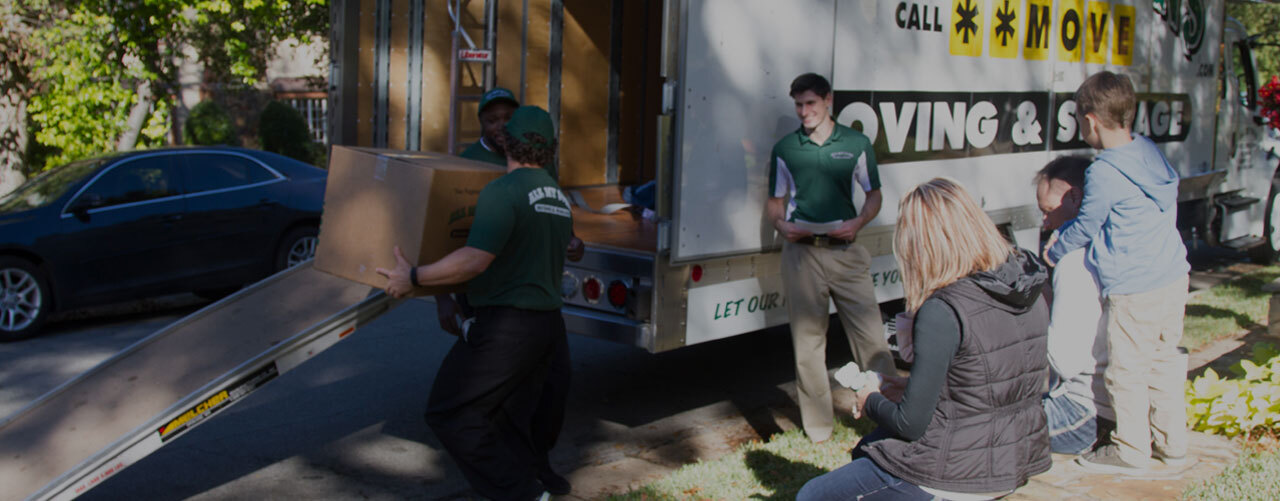BeltLine Makes Atlanta Moving Easy
In 1999, Georgia Tech student Ryan Gravel envisioned a more united Atlanta, an idea he was sure would wither away. In a 120-page master's thesis proposal he came up with an idea to unite locals and businesses through transportation and the utilization of the land to its fullest potential; ultimately, a refurbishment of the Atlanta railway system. His proposal laid the foundations for what is now known as the Atlanta BeltLine Project.
In 2007, the city began buying the railroad corridor after city councilwoman Cathy Woolard heard about Gravel's proposal and formed a partnership of environmentalists, transit officials, real estate developers, and local artists. The Atlanta BeltLine Project is currently one of the largest redevelopment projects in the entire United States and consists of plans for 22 miles of rail transit, 33 miles of trails, and 1,300 acres of parks, 5,600 units of affordable urban housing, public art, historical preservations, and houses roughly 1,100 acres of remediated brownfields.
What makes the plan especially unique is the idea of using the brownfields (recycled land) in order to build a more sustainable future for Atlanta and unite the 45 in-town neighborhoods through more transit opportunities. The 45 neighborhoods are broken into 10 subareas that the BeltLine travels through, literally bridging gaps that had previously kept the neighborhoods separate. The Atlanta BeltLine marks a new framework for the region's growth and is crucial for implementing long-term transportation that will serve everyone in Atlanta and beyond.
Although the project has an estimated completion date set for two decades from now, the Atlanta BeltLine already has four trails, four parks consisting of 60 acres, five miles paved for bike paths, and completed condominiums along its corridor.
The goal of uniting the community of Atlanta can be seen not only through connective transit, but also through the artwork, historical preservations, and trails; ultimately improving the overall moral of the city and giving its citizens a genuine sense of home and unity to Atlanta. Atlanta officials have high hopes that the project will give people a more intimate experience of the city, making it enjoyable by car, bike, or foot.
The Running Series and Art on the Atlanta BeltLine are already two major events in the city, along with frequent gatherings such as: the Nutrition Walk, Trail Yoga, Aerobics, the Westside Study Group meetings, Atlanta BeltLine tours, and even Atlanta BeltLine 101 so that community members can learn more about the goals, initiatives, and future that the Atlanta BeltLine will create.
With a 2.8 billion dollar price tag, funding is the biggest setback. However, Atlanta currently has only 4.6 percent parkland compared to other major cities that have 20 percent or more, making it crucial for Atlanta to push forth with the BeltLine and become a major contributor to the “rails-to-trails” projects across America. Completion of the project would give Atlanta 40 percent more parkland and be the most expensive rails-to-trails project. According to The New York Times, if Atlanta is successful the BeltLine will be one of the most important transportation projects of the 21st century.
The completion of the BeltLine will hopefully entice more people to move to Atlanta and help its newly united community continue to grow.

